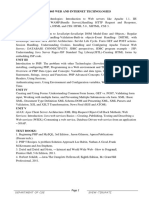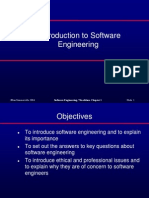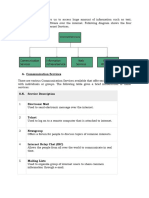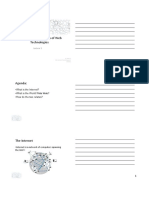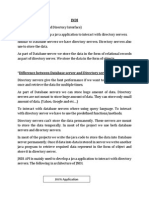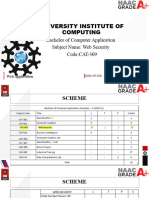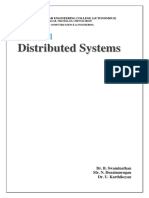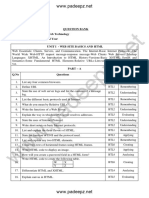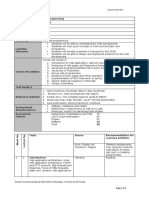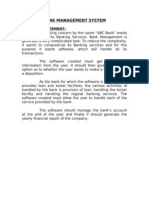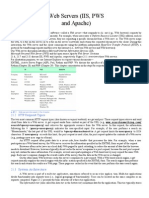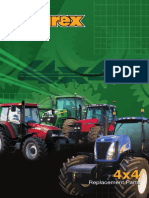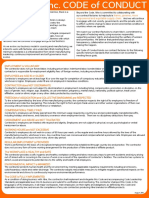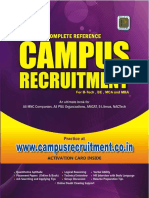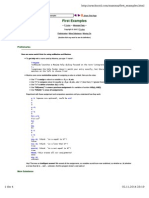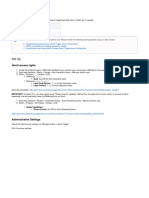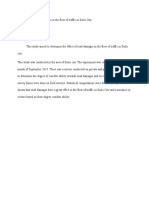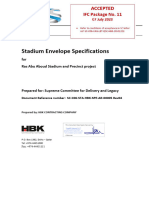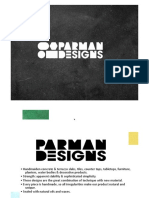100% found this document useful (1 vote)
607 views11 pagesWeb Server
This document provides an overview of web servers, including IIS and Apache. It describes how web servers respond to client requests by providing resources using HTTP. It explains the different types of HTTP requests, the typical multi-tier system architecture with client, middle, and data tiers, and the differences between client-side and server-side scripting. It also discusses how to access web servers locally or remotely and lists some additional web resources.
Uploaded by
Nipun VermaCopyright
© © All Rights Reserved
We take content rights seriously. If you suspect this is your content, claim it here.
Available Formats
Download as PPT, PDF, TXT or read online on Scribd
100% found this document useful (1 vote)
607 views11 pagesWeb Server
This document provides an overview of web servers, including IIS and Apache. It describes how web servers respond to client requests by providing resources using HTTP. It explains the different types of HTTP requests, the typical multi-tier system architecture with client, middle, and data tiers, and the differences between client-side and server-side scripting. It also discusses how to access web servers locally or remotely and lists some additional web resources.
Uploaded by
Nipun VermaCopyright
© © All Rights Reserved
We take content rights seriously. If you suspect this is your content, claim it here.
Available Formats
Download as PPT, PDF, TXT or read online on Scribd
/ 11
